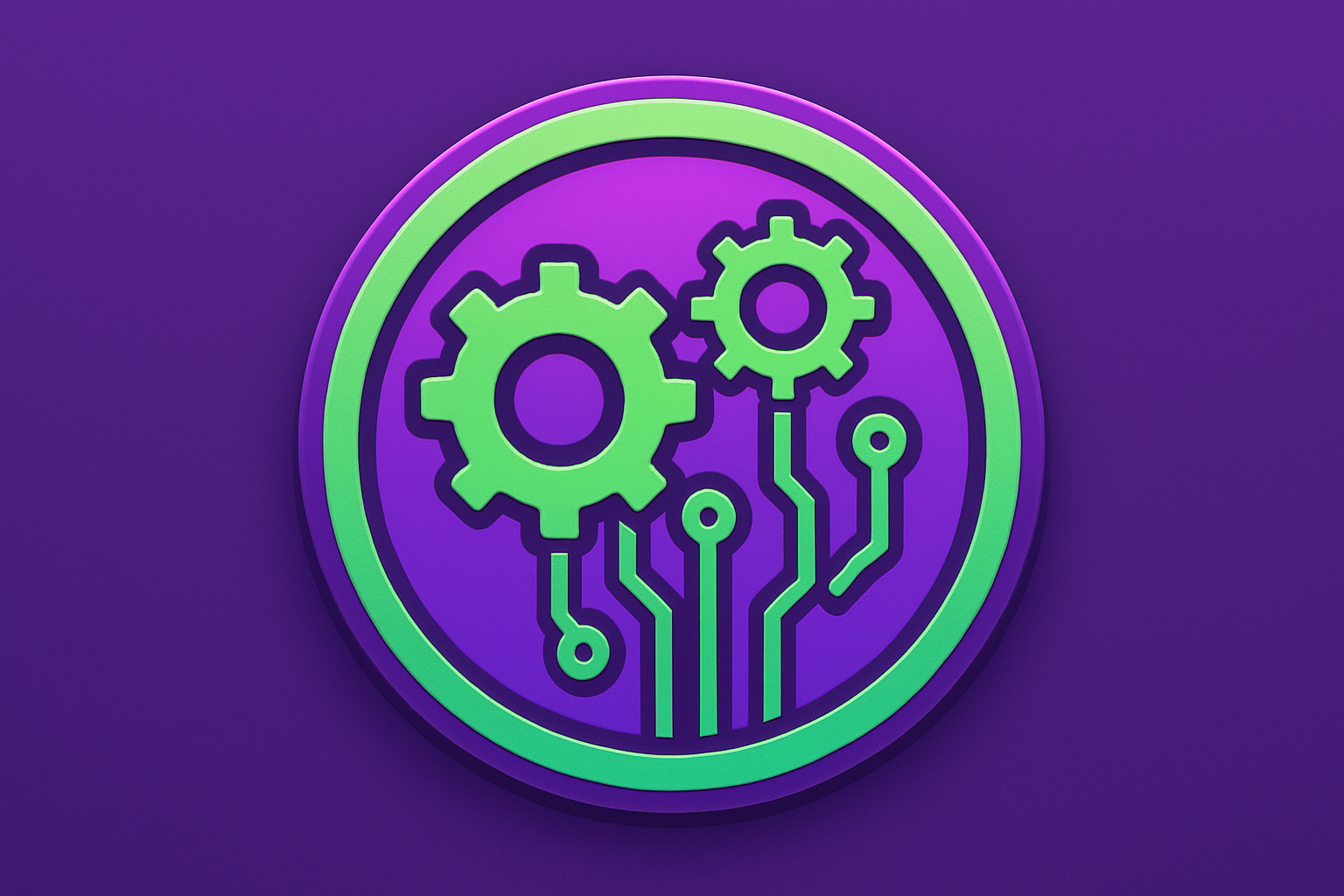Layer 2 solutions are revolutionizing the landscape of blockchain technology, making it essential for anyone interested in cryptocurrency and digital transactions to understand their significance. These innovative protocols operate on top of existing blockchains like Ethereum and Bitcoin, designed to tackle the most pressing issues faced by these networks—scalability, speed, and transaction costs. Imagine a busy road that becomes congested during peak hours; Layer 1 is that road. Layer 2 solutions act as a high-speed bypass, helping to alleviate traffic without disrupting the underlying structure. As the digital currency world continues to expand, grasping the fundamentals of Layer 2 solutions will equip you with invaluable insights into the future of blockchain and its applications.
In the following sections, we will delve into how Layer 2 solutions work, the various types that exist, their benefits, and the challenges they face. Whether you are a cryptocurrency rookie or someone with a bit more experience, this guide will provide you with a robust understanding of Layer 2 solutions and their importance in the broader blockchain ecosystem.
How Layer 2 Solutions Function
At the core of Layer 2 solutions is their ability to process transactions off-chain. This means that most transactions don’t need to be recorded on the main blockchain (Layer 1) immediately. Instead, they are handled on a secondary network, which can communicate with the primary chain but operates independently. Just to clarify, off-chain transactions are those that occur outside the main blockchain. This method allows Layer 2 to batch numerous transactions together and only send a summary back to the Layer 1 blockchain periodically. Here’s a simple analogy: if you think of the main blockchain as a meticulous accountant who records every penny spent, the Layer 2 solution is like a financial assistant who keeps track of multiple small expenses throughout the day and hands over a summarized report at day’s end. To understand this better, consider these two essential components of a typical Layer 2 solution setup:- Secondary Network: This is where the bulk of transaction processing happens. It can be a new blockchain, a network of smart contracts, or special channels specialized for high transaction volumes.
- Smart Contract on Layer 1: This contract secures and manages funds, validates transactions from Layer 2, and ensures that activities are settled correctly without compromising security.
Types of Layer 2 Solutions
Layer 2 technologies come with distinct characteristics and mechanisms. Let’s explore the primary types:1. Rollups
Rollups are perhaps the most prominent Layer 2 solution. They aggregate transactions, process them off-chain, and then send the data back to the main blockchain as a single compressed batch. There are two major types of rollups:- Optimistic Rollups: They operate under the assumption that transactions are valid unless proven otherwise within a designated timeframe.
- Validity Rollups (Zero-Knowledge Rollups): These use cryptographic proofs to verify the accuracy of transactions before they are included in the main chain, ensuring security and efficiency.
2. State Channels
State channels enable private transactions between participants by locking a certain amount of cryptocurrency in a smart contract on the main blockchain. This allows users to transact freely among themselves until they choose to close the channel, at which point the final balance is recorded on Layer 1.3. Sidechains
A sidechain is an independent blockchain, linked to the main one via a two-way peg, allowing assets to move back and forth. While this offers scalability, sidechains may have different security models, so users must consider potential trade-offs.4. Nested Blockchains
Nested blockchains consist of multiple levels of child chains that process transactions and report back to the parent chain as required. This layered architecture allows flexibility and scalability in handling different types of transactions.The Advantages of Layer 2 Solutions
Layer 2 solutions carry with them a wealth of benefits that contribute significantly to the evolution of blockchain technology:- Increased Transaction Throughput: By processing transactions off-chain, Layer 2 can handle thousands of transactions per second—far exceeding the limitations of Layer 1 implementations.
- Lower Fees: With off-chain processing, the cost per transaction drops considerably, making transactions more accessible and affordable.
- Faster Processing Times: Users can experience near-instantaneous transaction finality for everyday transactions and larger financial activities.
- Enhanced Security and Decentralization: Layer 2 solutions inherit the security properties of the underlying blockchain, ensuring a harmony of trust and decentralized appeal.
- Better Scalability: Increasing demand for blockchain usage is met effectively without altering the main chain, highlighting Layer 2’s adaptability.
- Developer Flexibility: Developers can experiment and implement new features on Layer 2 without putting the integrity of the Layer 1 network at risk.
Why Are Layer 2 Solutions Crucial for Blockchains?
The growing adoption of blockchains, especially Ethereum and Bitcoin, exposes inherent scalability issues. For instance, Ethereum currently processes around 29 transactions per second— a stark contrast to traditional financial systems which can handle thousands of TPS. The consequences? Network congestion, higher fees, and slower transactions, which hinder progress toward mass adoption. Layer 2 solutions elegantly resolve these challenges. By offloading computationally heavy tasks onto secondary networks and keeping the main chain for security and settlement, they preserve the decentralized ethos of blockchain while unlocking new possibilities for applications within finance, decentralized finance (DeFi), non-fungible tokens (NFTs), and beyond.Challenges and Considerations for Layer 2
Despite their advantages, adopting Layer 2 solutions is not without its challenges:- Implementation Complexity: Integrating Layer 2 protocols into existing systems requires advanced technical expertise and careful consideration.
- Security Assumptions: Different Layer 2 methods may depend on new security models, which necessitate users being aware of the potential risks involved.
- Liquidity Fragmentation: Users may have to move their assets between Layer 1 and Layer 2, which can complicate asset management.
- Dependency on Layer 1: If issues arise within the main blockchain, Layer 2 solutions may also face disruptions since they rely on Layer 1 for finality.
- Interoperability: Achieving seamless interaction between various Layer 2 solutions and the main chain remains an ongoing challenge that developers are actively addressing.
Real-World Applications and Impact
The transformative power of Layer 2 solutions can already be seen in various industries. Here are a few notable real-world applications:- Easy Microtransactions: Layer 2 makes handling small transactions possible and efficient, paving the way for broader use in everyday purchasing activities.
- Decentralized Finance (DeFi): High transaction throughput and minimal fees granted by Layer 2 are a boon for DeFi platforms, enabling numerous financial products and services.
- Gaming and NFTs: Blockchain gaming and NFT marketplaces benefit significantly from the faster and cost-effective transaction capabilities offered by Layer 2.
- Enterprise-Level Solutions: Businesses are harnessing scalable blockchain infrastructure powered by Layer 2 for diverse applications, such as supply chains and identity management.
The Future of Layer 2 Solutions
The evolution of blockchain technology hinges greatly on advancements in Layer 2 solutions. Their ability to create a scalable, secure, and adaptable framework enables the seamless integration of blockchain into the mainstream financial ecosystem. As more developers innovate and improve existing protocols, we can expect Layer 2 solutions to lead the charge in pushing blockchain’s boundaries even further. Moreover, enhancements in interoperability between Layer 2 protocols, the establishment of universal standards, and user-friendly interfaces are on the horizon, making blockchain more accessible to everyone.Final Thoughts
To summarize, Layer 2 solutions represent a significant forward leap in blockchain technology. They address critical limitations of Layer 1 networks, enabling transactions that are faster, more economical, and more scalable, all while maintaining the core principles of security and decentralization. As you embark on your journey to explore the myriad possibilities within the cryptocurrency landscape, understanding Layer 2 solutions is not just beneficial—it’s essential. So whether you’re a developer, investor, or simply curious about this evolving digital frontier, take a deeper look at Layer 2 solutions and their potential to transform the world as we know it. For even more insights, check out additional guides and resources on Exchainer.com, where you can deepen your knowledge on various topics related to cryptocurrency and trading. Explore more guides on Crypto 101, check out Exchange Reviews, stay updated with the latest News, and discover essential Tools and Wallets for your blockchain journey. Explore Related Articles:- What is an Initial Coin Offering (ICO)?
- Crypto Expense Tracking for Beginners
- How to Test Your Wallet’s Security
- How to Read a Crypto Whitepaper
- How to Build Wealth with Small Crypto Trades












